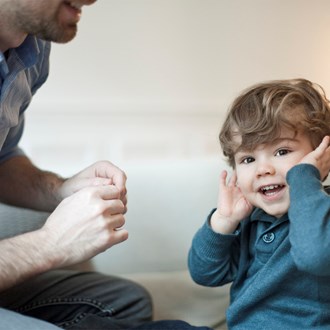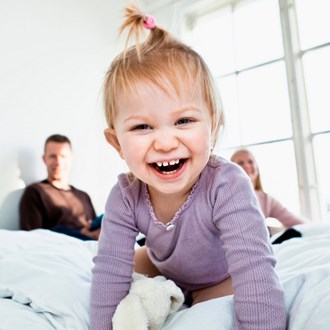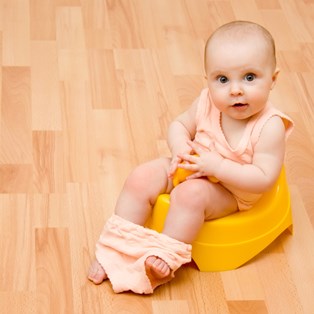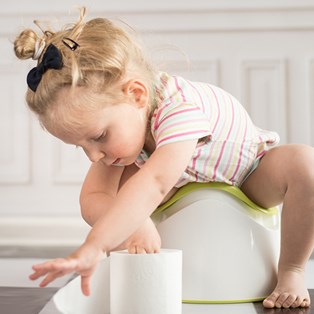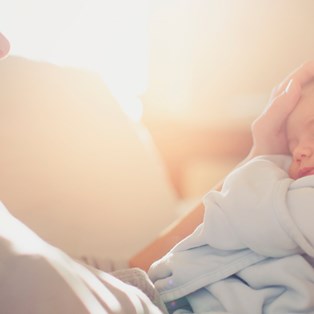Toilet training: when to start potty training
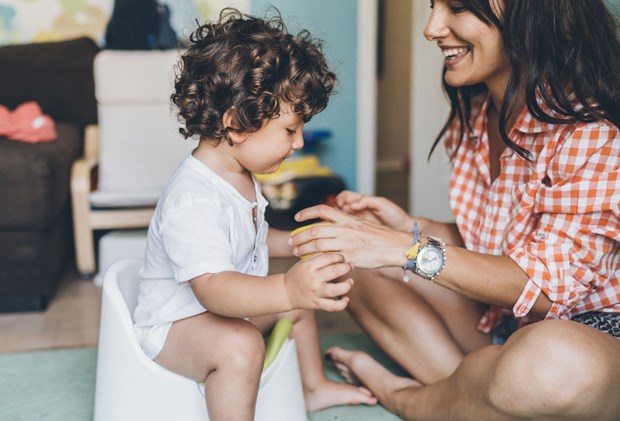
Your essential guide to toilet training your child
Like many new developments in your child’s life, the thought of toilet training is often much worse than the reality. Understanding the process, approaching the task with the right kind of strategies and frame of mind, and above all else, retaining your sense of humour throughout, all play a role in helping you and your child conquer toilet time successfully.
Signs of readiness
While you may be keen to toilet train your child by a particular age, perhaps due to another baby being on the way for example, it’s best to look for signs of readiness. Most children will be ready at the age of two or three but some may take longer.
“There will come a point where you notice a change in your child’s behavior as she begins to recognize the need to go to the toilet,” says Richard Curtis, behavior expert and author of 101 Tips for Parents. “This is linked to a child’s cognition levels.”
Signs your child may be ready for toilet training include; being interested when you go to the loo - wanting to close the lid or flush the toilet; becoming aware of having a wet or soiled nappy – feeling uncomfortable and asking for it to be changed; hiding to wee or poo; waking up with a dry nappy after a nap.
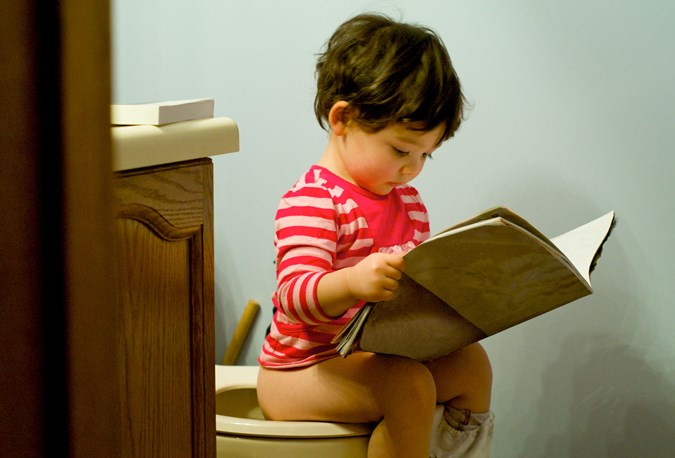
Getty images
How to get started with toilet training
While many parents choose to toilet train during the warmer months, it’s not strictly necessary. Start by dressing your child in clothes that are easy to pull on and off. You can use pull-up nappies, or let your child choose their own undies at the shops. Rather than wait for your child to tell you they need to go to the loo, ask them frequently if they need to go. Start with a potty, then graduate to the toilet, or just start with the loo – whatever your child feels more comfortable with.
Most parents can immediately recognize the face their child pulls or the specific behaviours she exhibits (sneaking off and hiding, squatting, grunting) when she is about to wee or poo. Realising what’s happening and springing into action is key.
“When you see that face, place her on the potty, even wearing her nappy,” Richard says. “This helps her form a link between the act of going on the toilet and being on it.” If your child has an accident, don’t make a big deal about it – just calmly say “let’s clean this up, shall we?” Potty training charts or a simple sticker chart can also work well. A toilet training seat is not necessary but again, if it makes your child comfortable, go for it.
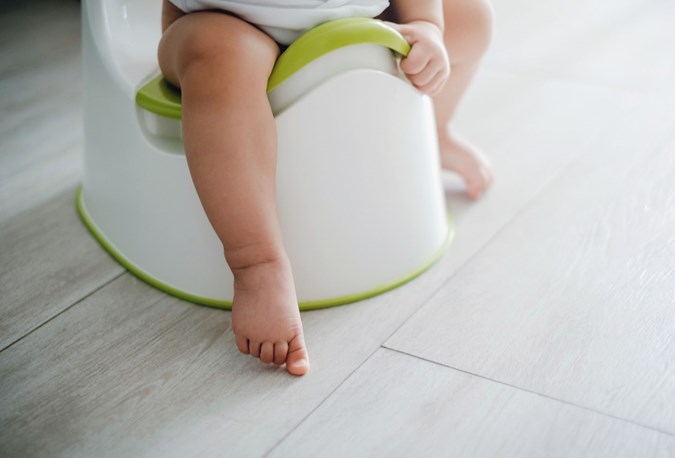
getty images
What about night time toilet training?
Make sure your child goes to the loo just before bed. Reduce fluids in the evening and wake her up during the night to take her to the toilet. This will teach her to begin to naturally wake up when she feels the urge to go to the toilet in her sleep. It’s normal for night-time toilet training to take longer than daytime training, so if it takes a while, don’t worry. Use night nappies in the meantime and if your your child has 3-5 dry nights in a row, it’s a good sign she is getting there.
Why will my child wee but not poo on the toilet?
Again, it’s normal for children to be happy to pee on the loo, but reluctant to poo. Make sure your child’s feet are flat on the floor or a stool when they need to do a poo. Get them to blow bubbles or blow up a balloon to encourage them to relax. This also encourages the body to open up the anus, rather than holding it tight.
How do I deal with toilet training regression?
Just relax! By worrying you’ll make the act of going to the toilet more stressful for your child, which makes the problem worse. This is all perfectly natural and it will take less time to get back to where you were than it did before. It’s only if it goes on for a long period that professionals get worried. Focus on the positive and giving praise and you’ll be back there in no time.

Getty images
How do I make the transition from potty to toilet?
Start by doing little things, such as referring to the potty or weeing as going to the toilet. Move the potty in the bathroom next to the toilet s that your child links it with the toilet, and when you’re ready try sitting him on the toilet and getting him to blow bubbles to encourage relaxation and get things moving!
Should I leave the house during toilet training?
Part of toilet training is to teach your child to hold the need until a suitable time, so there is no need to be house-bound. Initially nappies won’t come right off, you’ll just be teaching your child to recognize the signs so you’ll still be taking her out in a nappy. Once you feel more confident to go without nappies, take your child out. Accidents will happen but they will happen at home too, so just be prepared by taking some wipes and a change of clothes.

Nicola Conville has worked as a journalist and editor for more than 20 years across a wide range of print and online publications. Her areas of expertise are parenting, health and travel. She has two children; Lucy, age eight, and Nathan, age five.

